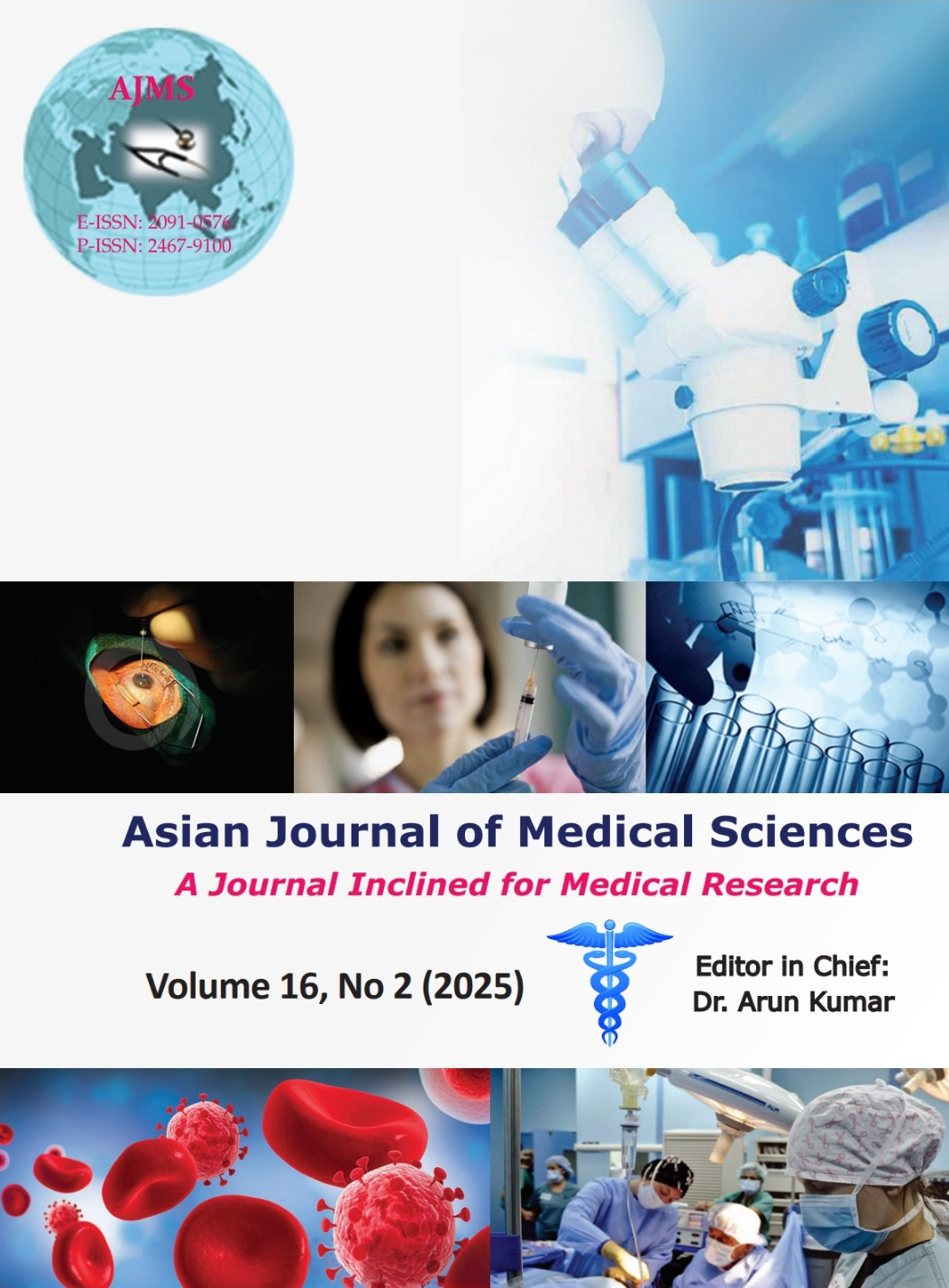Pulse oximeter perfusion index as a new predictor of hypotension following subarachnoid block in lower segment Cesarean section: A prospective randomized study
Keywords:
Pregnancy; Spinal anesthesia; Subarachnoid; Hyperbaric; Hypotension; Perfusion indexAbstract
Background: Hypotension is a common adverse effect of spinal anesthesia, especially during pregnancy, due to the blockade of pre-ganglionic sympathetic fibers, resulting in reduced peripheral vascular resistance. This study explores the perfusion index (PI) as a potential predictor for hypotension during spinal anesthesia in lower segment Cesarean sections (LSCS).
Aims and Objectives: The aim of the study was to study the correlation between baseline PI and the incidence of hypotension following subarachnoid block in LSCS.
Materials and Methods: This prospective observational study included 90 parturients, divided into two groups based on baseline PI: Group 1 (PI≤3.5) and Group 2 (PI>3.5). Spinal anesthesia was administered with 10 mg of 0.5% hyperbaric bupivacaine at the L3-L4 interspace. The study evaluated the correlation between baseline PI and the degree of hypotension, as well as PI’s predictive capacity for hypotension during Cesarean delivery.
Results: Hypotension occurred in 35.55% of Group 1 and 75.55% of Group 2 (P<0.001). A significant correlation was found between baseline PI>3.5 and both the incidence of hypotension and the total mephentermine dose required (P<0.001). The sensitivity and specificity of PI>3.5 for predicting hypotension were 68% and 72.5%, respectively. The area under the receiver operating characteristic curve for PI as a predictor of hypotension was 0.914.
Conclusion: A higher baseline PI is associated with a higher incidence and severity of hypotension following spinal anesthesia. Baseline PI is a reliable predictor of spinal anesthesia-induced hypotension during Cesarean delivery and could be used for early identification and management of at-risk patients.
Downloads
Downloads
Published
How to Cite
Issue
Section
License
Copyright (c) 2025 Asian Journal of Medical Sciences

This work is licensed under a Creative Commons Attribution-NonCommercial 4.0 International License.
Authors who publish with this journal agree to the following terms:
- The journal holds copyright and publishes the work under a Creative Commons CC-BY-NC license that permits use, distribution and reprduction in any medium, provided the original work is properly cited and is not used for commercial purposes. The journal should be recognised as the original publisher of this work.
- Authors are able to enter into separate, additional contractual arrangements for the non-exclusive distribution of the journal's published version of the work (e.g., post it to an institutional repository or publish it in a book), with an acknowledgement of its initial publication in this journal.
- Authors are permitted and encouraged to post their work online (e.g., in institutional repositories or on their website) prior to and during the submission process, as it can lead to productive exchanges, as well as earlier and greater citation of published work (See The Effect of Open Access).




